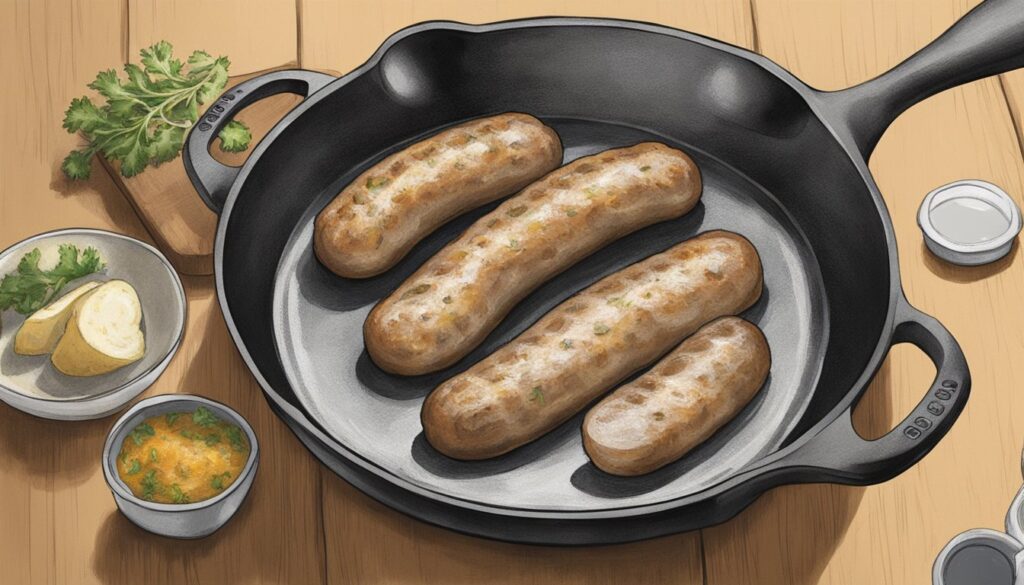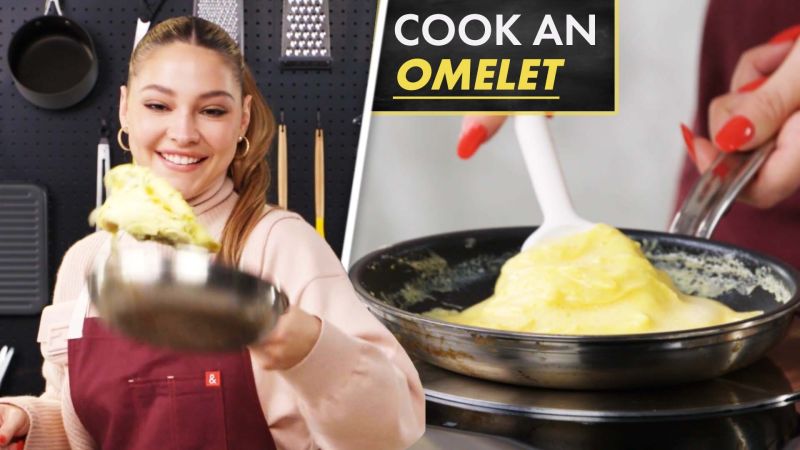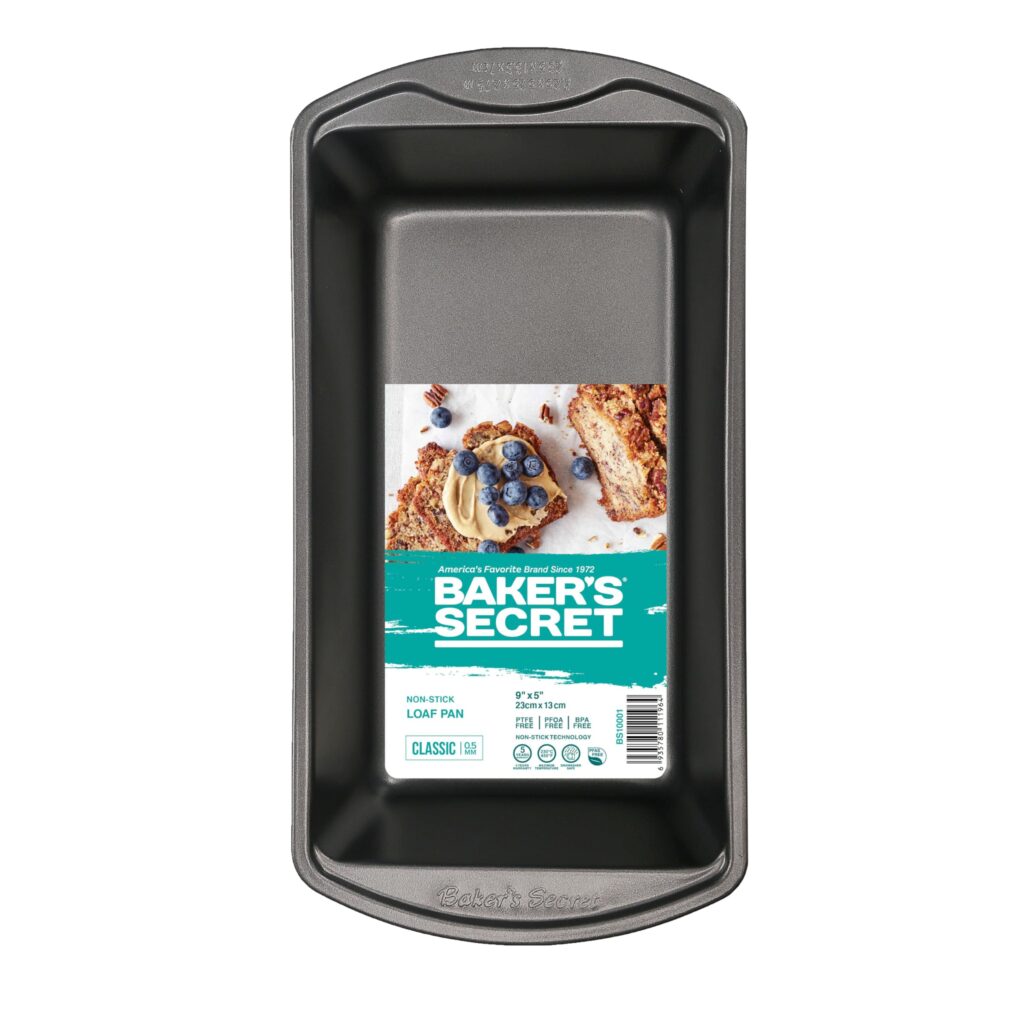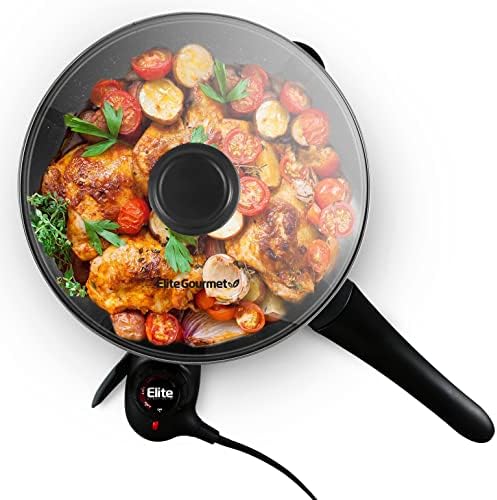A microwave is a kitchen appliance that has been around for decades. And it still remains one of the most used appliances in the world. It is a useful appliance for cooking, reheating food, and heating water and has become a staple of modern kitchens. But there are still some things that people don’t know about them. We thought we’d share some interesting facts about microwaves with you. So, what are these secrets? Well, there are a few, but we’ll start with the most obvious. Can you put wood in the microwave?
Table of Contents
ToggleCan you put wood in the microwave?
No, you can’t put wood in the microwave.
To put it simply, microwaves are designed to heat food. The typical microwave uses electromagnetic radiation to heat up your food. But that’s not what you want to do with wood. You don’t want to heat it up; you just want it to be soft enough so you can use it as a spoon rest.
If you try to put wood in the microwave, the electromagnetic waves won’t penetrate deep enough into the wood. Instead, they’ll just bounce around on the surface of your spoon rest and keep your spoon rest at room temperature, not exactly ideal for holding spoons!
So what should you do instead? If you want a soft spoon rest, try microwaving an old washcloth or towel for a few minutes before using it as a spoon rest. This will soften up the fibers and let them absorb more moisture from your spoons than they would if they were hard and dry out of the box!
If you want a hard spoon rest, try microwaving some tin foil for a few minutes before using it as a spoon rest. The metal in the foil will absorb all of the microwave energy and become super hot!
Why Can’t You Microwave Food in Wood Dishes?
We all know the importance of using microwave-safe dishes when heating up food. But did you know that some of your favorite kitchen items are not safe to use in a microwave? Here’s why you can’t microwave food in wood dishes, and what alternatives you can use instead.
Wooden bowls and spoons are porous, meaning they’re full of tiny holes that allow liquids to seep through. And when those liquids get superheated up by the microwave… Well, you can guess how this is going to end.
In other words: The water molecules in wooden bowls and spoons start bouncing around at such high speeds (thanks to the heat from the microwave) that they begin to evaporate. It leaves behind empty spaces where there used to be water molecules! This causes your food to dry out or burn.
It’s not just wooden bowls and spoons that can’t be microwaved. Any porous material including ceramics, paper plates, wood fiber, or cardboard containers can cause the same effect. Instead of using these materials to heat up your food, try one of these alternatives: glass containers are safe to use in the microwave. It won’t absorb water from your food or leave behind any residue after heating up.
How do I know if something is microwave safe?
When you’re putting food in the microwave, it can be hard to know whether or not it’s safe. Here are some tips for figuring out if your food is microwave safe!
First, look at the packaging. If it says “microwave safe,” then you’re good to go. If it doesn’t say that, then check with the manufacturer. They may have published guidelines online or elsewhere about how to use their products safely in the microwave.
If you’re still unsure about whether something is microwave safe, check its material composition. Is it made of plastic? Metal? Glass? Some materials are better suited to being microwaved than others. So knowing what kind of material your item is made of will help you determine if it’s safe to use in a microwave oven.
Is there a label on it? Labels are one-way manufacturers that let consumers know whether or not their products are safe to use in a microwave oven. If there is a label on your product it says that the item is not microwave safe, then you should not use it in a microwave.
If there is no label on your product, then look for information about whether or not it’s safe to use in a microwave oven online or through other sources of information.
What materials are microwave safe?
Microwave-safe materials are those that can be used in the microwave without risk of damage to the dish or food. Glass-ceramic ware and heatproof glassware are the most common microwave-safe materials.
Glass ceramic is a type of ceramic that is made from both glass and ceramic powders. This combination yields an extremely strong material. This makes it ideal for use in microwave ovens. Heat-resistant glass is another common choice for microwaving food. Because it is able to withstand high temperatures without breaking or cracking.
Some other materials commonly used for cooking in microwaves include china, stoneware, porcelain, and stainless steel. However, not all types of these materials are considered safe for microwave heating. For example, China cannot be used in the microwave because it may break apart when heated too quickly or unevenly.
Final Thought
It is important to be careful when putting wood in the microwave as it may cause a fire. Always follow the instructions that come with your appliance to avoid any potential fires. Finally, always keep an eye on your microwave and ensure that it is safe to use before venting or opening the door.

Hi, I’m Kimberley. I am a happy and adventurous person who enjoys writing about the finer details of the kitchen niche. My blog is where I can share all my thoughts and opinions with other passionate food lovers like me!
if you’re reading this then it’s probably safe to assume that you’ve stumbled across one of my blogs about the kitchen niche! I love writing informative blogs and review posts for those who are looking for a little bit more information before buying their next product.
Follow me on Twitter





